Any fan of war history knows that Blitz is the term used for the air attacks that the Luftwaffe carried out against the United Kingdom between 1940 and 1941, during World War II and in the context of the so-called Battle of Britain. What is not so well known is what the expression Zeppelin Raids refers to. :were the German bombings carried out on British territory in the previous conflict, the First World War; not with airplanes but, as the name suggests, with airships.
The first German proposal for an air attack on Britain came from Rear Admiral Paul Behncke, then deputy chief of the Teutonic Naval Staff and later famous for commanding the Hochseeflotte Battle Squadron III. during the Battle of Jutland. It was shortly after hostilities broke out, in August 1914, that he received the support of Admiral Alfred von Tirpitz (with whom he would later disagree on his theory of submarine warfare), who considered the idea interesting not only because of the material damage would cause but also because of the effect it would have on the enemy's morale in order to continue the war.
The kaiser He gave the go-ahead four months later but on one condition:to exclude London as a target, since he was related to the British royal family and did not want it to be injured.
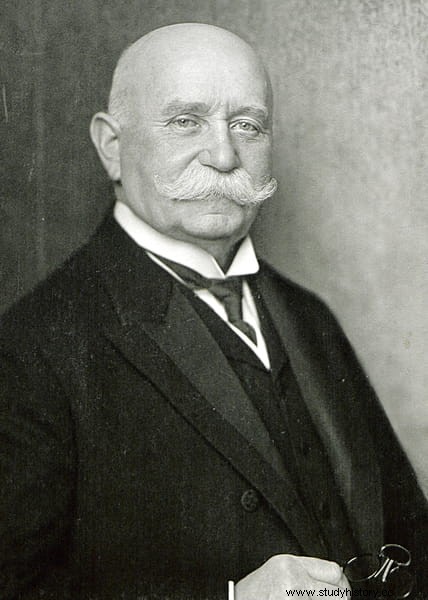
Despite what is believed, aerial bombardments were not a novelty, since the first one dates back to 1848, when the Austrian Empire used hot air balloons for it in the siege of Venice, and in 1911 an Italian pilot used his plane, on personal initiative, to drop a bomb on Libya. Beyond those pioneering but archaic moments, it was the Spanish aviation that carried out the first planned and systematic operation with biplanes, undertaking several incursions into the Rif in 1913. The path was marked and when the Great War began, on August 6, the German air force did the same over Liège, repeating weeks later in Antwerp and Paris.
A few bombs used to be dropped - it had to be done manually - and propaganda, with little destructive capacity therefore. Despite this, the German press reported some raids on port facilities in England that the newspapers of that country did not pick up, so we had to wait until December 21, 1914 to find the first documented and confirmed attack. It was a seaplane that dropped two bombs in Dover without major consequences, so it made a new pass on the 25th; that second time it didn't do any damage either, but it had to face British planes that came out to confront it.
Now then, the Zeppelin Raids they were not the work of airplanes but of airships. In this sense, it should be clarified that this name refers to the devices designed by Ferdinand von Zeppelin, a former soldier (ironically from the cavalry) who, taking advantage of the previous work of his friend Carlos Albán, Colombian consul in Germany, designed the famous self-propelled aerostats and founded the homonymous company in 1908; but there were also airships -in smaller numbers- from the competition, the Luftschiffbau Schütte-Lanz company, founded in 1909, although today the word zeppelin is used generically.
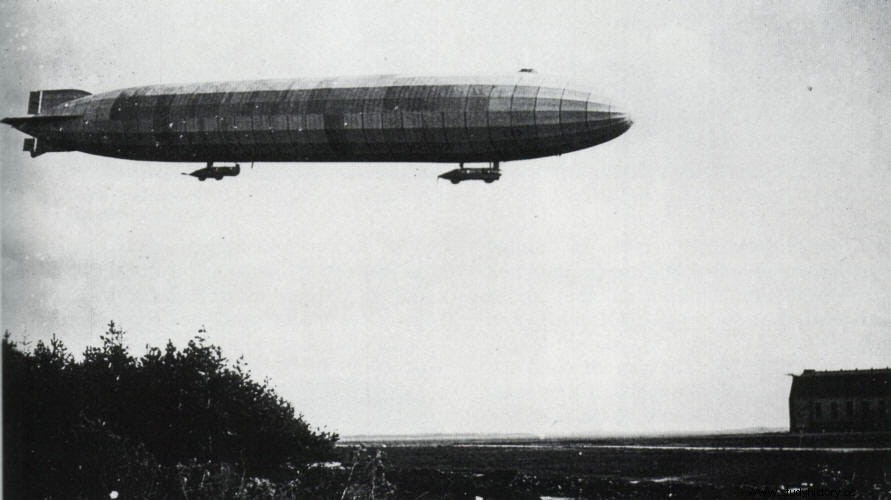
The Marine-Fliegerabteilung (Navy Aviation Department) and the Die Fliegertruppen des deutschen Kaiserreiches (Imperial German Flying Corps) shared the fleet of airships of both types, although the Kaiserliche Marine he was careful not to buy the Schütte-Lanz because they had a plywood structure whose glued joints degraded with the humidity of the hangars installed in the naval bases. Consequently, it was the Deutsches Heer (German Army, Land) the main buyer and, although its ships were superior in many respects, the company would only supply twenty-four units in the entire war. Most of the fleet was from Zeppelin; twenty-two from Class P and fifteen from Class Q, adding from 1915 to those from Class M that existed before the war.
The first Zeppelin bombardment of British soil came in the latter half of January 1915; they did not cause excessive damage, although they caused four fatalities and three times as many injuries when they released their explosives on several towns in Norfolk, due to the fact that the wind diverted them from their true objective, the Humber estuary. In fact, wind and bad weather, combined with the need to operate in the dark of night, were to become the main obstacles to those missions; to avoid them it was necessary to fly low, which put the airships within range of any enemy small arms, enough to shoot them down. This happened in many cases, in which several units were lost and others had to return without being released.
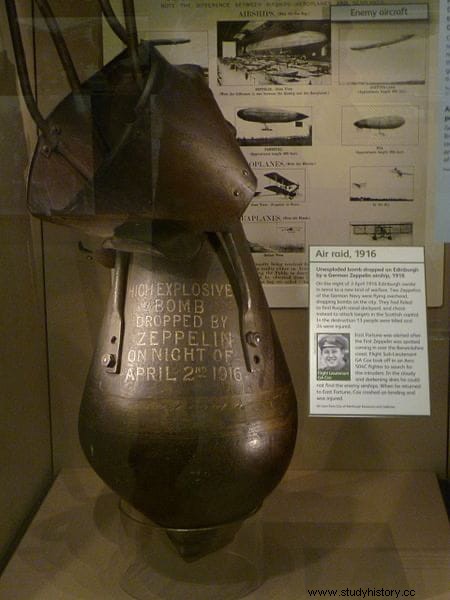
Although the incursions unleashed some paranoia in the archipelago -it was said that the spies guided the airships with the headlights of their cars-, the poor results achieved by the M-Class postponed the plans until the aforementioned P-Class was ready, whose units had four engines and were larger -up to 163.5 meters long-, which allowed them to carry a larger load of bombs. In addition, they had two gondolas -which, compared to the previous ones, were closed and protected with machine guns-, being piloted from the front.
The first P zeppelin, assigned to the army, was the LZ38. That spring he went into action bombing Ipswich, Southend, Dover and Ramsgate in various sorties; on May 31 also London, as the Kaiser finally gave him permission if the target was the docks. He dropped 1,400 kilograms of explosives on the capital, killing seven people, who joined many others in the previous locations and seven who died later, in another incursion through eastern England. Neither the planes that took off to intercept it nor the searchlights were able to locate it and a British pilot died when he crashed while landing on his return from his failed mission.
As almost fifty fires had also been caused, a new sortie against London was scheduled for June 4, assigning L9 and L10 to it, since the LZ38 was surprised on the ground by enemy planes and destroyed, while the LZ37 was shot down over Belgium. The wind deflected them and the first ended up bombing Hull and the second Gravesend, but those flying masses had already become a threat that forced the press to censor the information on the effects of their actions.
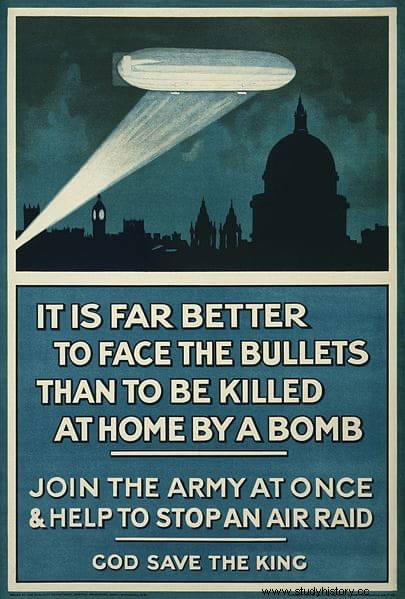
That, of course, served as an incentive to the other side to increase them:throughout 1915 almost a dozen Zeppelin Raids were registered. , of which the most outstanding was the one named Theatreland :On October 15, five airships sowed panic in London, causing extensive damage, killing 71 people and injuring 128. The Germans also suffered casualties because they lost several of their aerostats at the hands of artillery, aircraft, mechanical failure or meteorology adverse. The latter was becoming common, as winter approached, which is why a pause was made. It didn't last long. On January 31, nine Navy zeppelins attacked Liverpool, causing dozens of deaths and injuries among the towns in the region.
By then there were two novelties, one by side. On the British side, a searchlight and anti-aircraft belt had been installed, as well as the organization of several squadrons of aircraft to combat the aggressors, something that made clear the level of concern that such incursions had raised. On the German side, these increasingly effective defensive measures prompted the development of the Q-class, whose airships were even longer and had an operational ceiling of about 460 meters; some of the P-Class were refitted for longer lengths as well, though most were relegated to patrolling the North and Baltic Seas.
1916 continued to offer the same program as the previous year:missions over the islands, with ever-increasing numbers, who were often sidetracked from their objectives by weather or breakdowns; bombardments with incendiary devices that produced increasing material and human losses in abundance; planes that took off to their fighter without great results… The latter changed in September, when Lieutenant William Lefee Robinson managed the first downing of an airship in Great Britain (the SL11, a Schütte-Lanz), which earned him the Victoria Cross . That loss spelled the end of the army's interest in raids , although the Navy continued to carry them out with varying success.
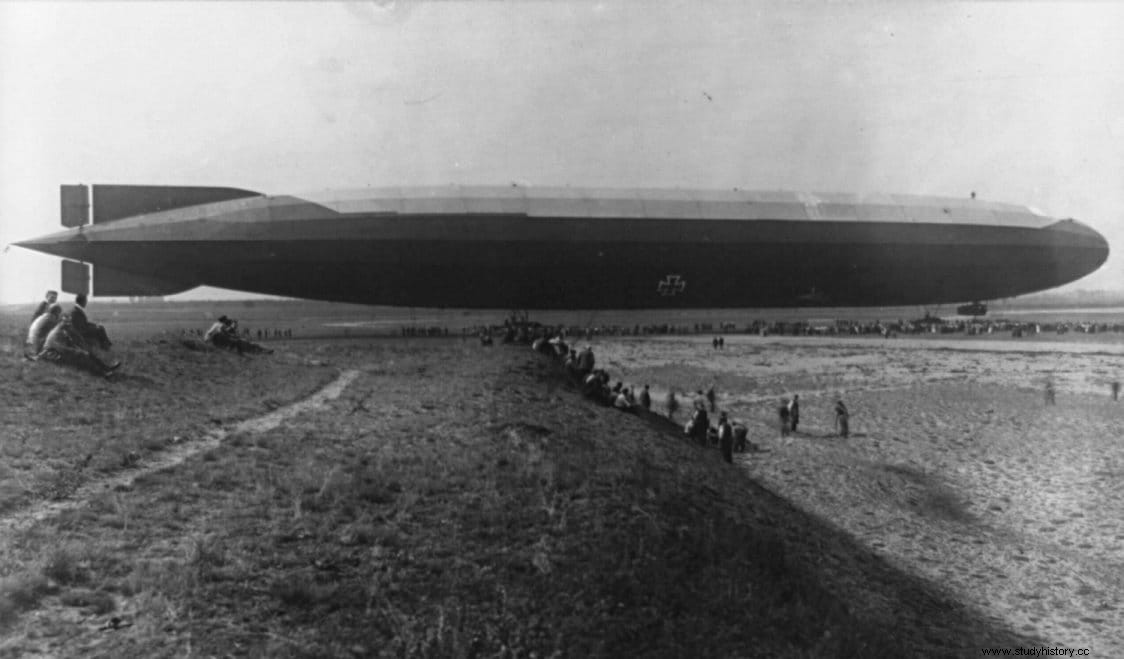
Between one thing and another, the 23 raids of 1916 involved a total drop of 125 tons of bombs, killing 293 people and injuring 691. And there was another novelty:the entry into service of the Class R, whose main characteristic was being able to bomb from a higher altitude - up to 4,900 meters - thanks to its six engines (one was removed from others to lighten them) and a more aerodynamic line.
In 1917, the sinister silhouette of the airships was already an object of hatred by the British population, especially after six of them carried out an attack on London in mid-June that killed more than a hundred people, including several children. a school. But there was something different about that mission that explains its level of destruction.
It was the Gotha G.IV, a heavy biplane that promised to open a new era in aerial warfare and with which the Englandgeschwader was formed (England squad). That year the use of aerostats began to be considered obsolete and most of the ships that had not been lost due to accidents or enemy action were dismantled at the end of September 1917, giving way to airplanes.
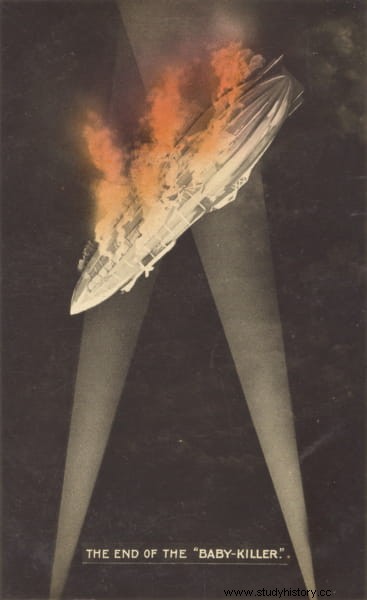
In the so-called Unternehmen Türkenkreuz (Operation Cruz del Turco), the gothas initiated the popular image of confrontations between planes but, above all, they took over from the airships -or accompanied them on the incursions into the United Kingdom- because they were fundamentally bombers, with the advantages of not depending of the wind or the weather and, most importantly, being able to operate during the day. The German biplanes, which could climb up to 7,000 meters, exceeded a hundred missions.
However, the enemy also equipped itself with adequate aircraft to face it, in the case of the splendid Sopwith Camels , which decided the command to return to night bombing while new versions of the model were awaited. As these turned out to be disappointing and the progress of the war was beginning to be adverse, resulting in insufficient unit manufacturing, the Gotha they continued to attack at night.
In this way, London continued to suffer the horror announced by the alarm sirens; now warning of the arrival of smaller killers but also more numerous and equally difficult to tackle. As an example, on October 1 the antiaircraft fired 14,000 shots (by the way, without any hitting the target) against the eleven gothas that brought their load of death and destruction.
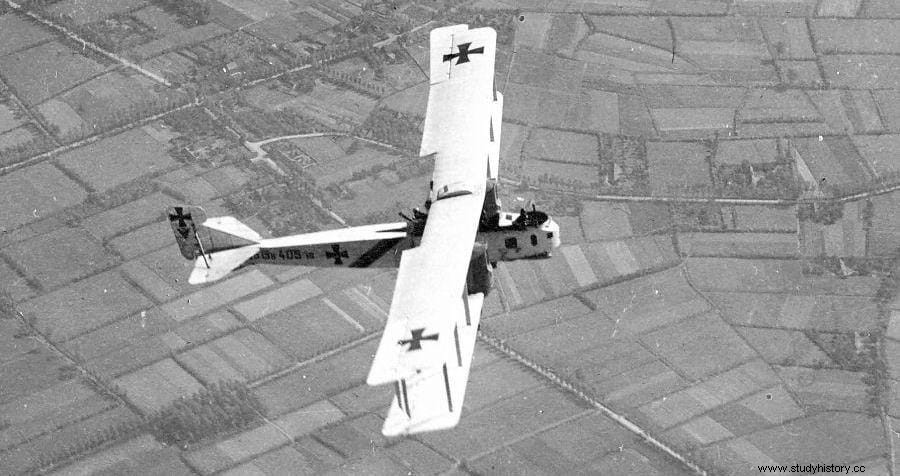
In 1918 another model of aircraft was incorporated, the Risesenflugzeuge , whose units came to carry out solo bombardments, although it was normal to do so together with the Gotha. Even airships carried out later missions in the Midlands. But his end was near; or, rather, the end.
The last great raid was on August 5, when four zeppelins cruised through northern England until they were intercepted by a squadron; the brand new L70, which had Captain Peter Strasser, führer der Navalluftschiffe on board as an observer (aircraft chief) was shot down and the others fled headlong.
Four months earlier the RAF (Royal Air Force had been created. ), the British air force, a new retaining wall that in a period of twenty-two years was going to have the opportunity to demonstrate its aptitude, consecrating itself precisely in the Blitz , the new German attempt to subdue the country with bombing.
